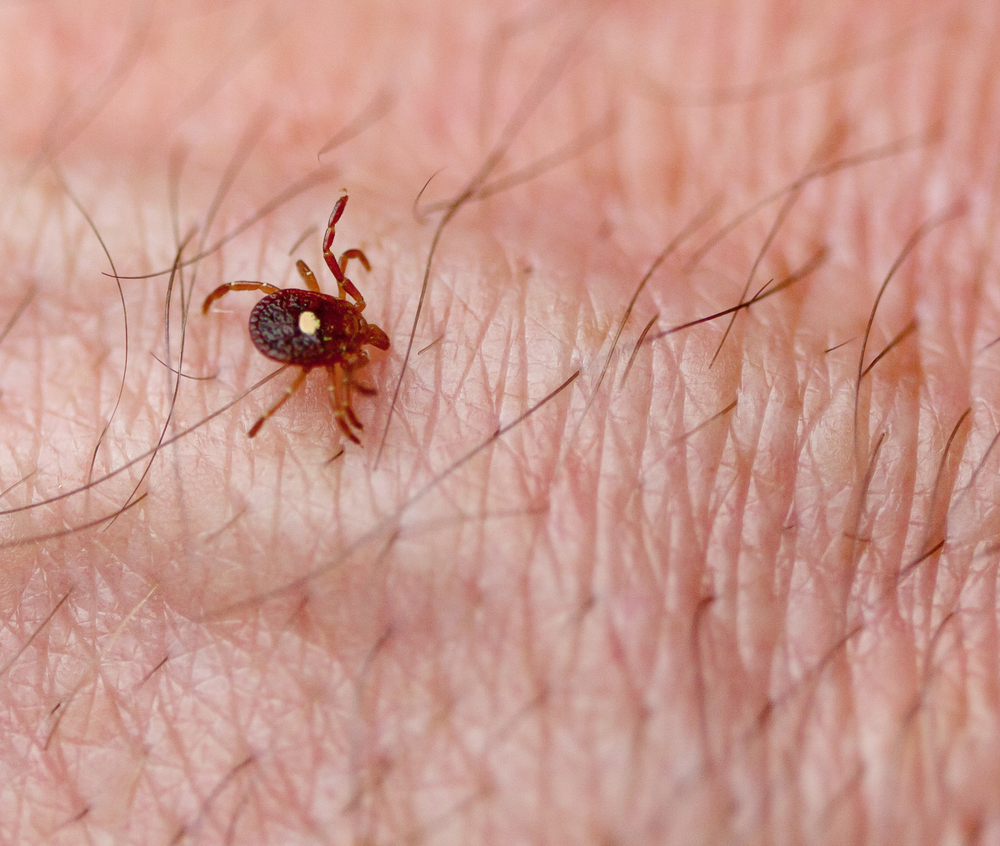A virus unknown until a little more than a decade ago is circulating among lone star ticks in Georgia, Emory University scientists say.
Heartland virus was first identified in Missouri in 2009 in two severely ill individuals.

“We don’t know how many people are infected’’ with Heartland, said Gonzalo Vazquez-Prokopec, associate professor in Emory’s Department of Environmental Sciences.
He’s senior author of an Emory study on the virus in Georgia that was published Wednesday in the journal Emerging Infectious Diseases. The research focused on ticks collected in the central part of the state.
The lone star tick is the most common tick in Georgia, Vazquez-Prokopec said. (It gets its name from a mark on its body that somewhat resembles a star.)
More than 50 cases of Heartland virus have been identified in people from 11 states in the Midwest and the Southeast, the CDC says. Many required hospitalization, and a few people who had pre-existing medical problems have died.
The journal article said a retroactive analysis confirmed that the previously unidentified illness that killed a Baldwin County resident in 2005 was Heartland.
“We’re trying to get ahead of this virus by learning everything that we can about it before it potentially becomes a bigger problem,” Vazquez-Prokopec said.
The CDC has reported an increasing number of reported tickborne illnesses and expanding geographic ranges for ticks in recent years.
A recently released estimate based on insurance records suggests that each year about 476,000 Americans are diagnosed and treated for Lyme disease, the CDC said. This number is likely an overestimate of actual infections because patients are sometimes treated presumptively in medical practices, the agency said.

“Ticks are everywhere in Georgia,” Vazquez-Prokopec said, though he added that Lyme disease isn’t a major problem in the state.
The Southeast in general is a breeding grounds for ticks because of its warm, humid climate and abundant foliage. The tickborne bacterial disease called Rocky Mountain spotted fever is actually more common here than it is in Western states.
Vazquez-Prokopec said a new tick threat has been found in Georgia. The Asian longhorned tick was found on a Pickens County farm last year.
The Asian tick has now spread to 17 states. Vazquez-Prokopec called it “a very nasty invader,” adding that the tick “is really good at transmitting’’ a Heartland-type virus.
Researchers point to climate change as a cause of warmer and shorter winters, increasing the chances for some species of ticks to breed more frequently and to expand their ranges.
Vazquez-Prokopec also pointed to more human encroachment on wooded areas. Deer and small animals that carry ticks are inhabiting smaller patches of forest, he said.
He added that the purpose of the research is not to alarm people but to raise awareness of ticks’ potential threat to human health.
The Georgia Department of Public Health recommends these steps to prevent tickborne disease:
** Use an Environmental Protection Agency-registered insect repellent.

** Avoid wooded and brushy areas with high grass and leaf litter. Walk in the center of trails.
** Wear long-sleeved shirts, pants, and socks.
** Treat items, such as boots, pants, socks, and tents with permethrin, or use permethrin-treated clothing and gear.
** Take steps to control ticks and fleas on pets.
And once indoors, the CDC recommends:
** Checking your clothing for ticks.
** Examining gear and pets.
** Showering soon after being outdoors.

